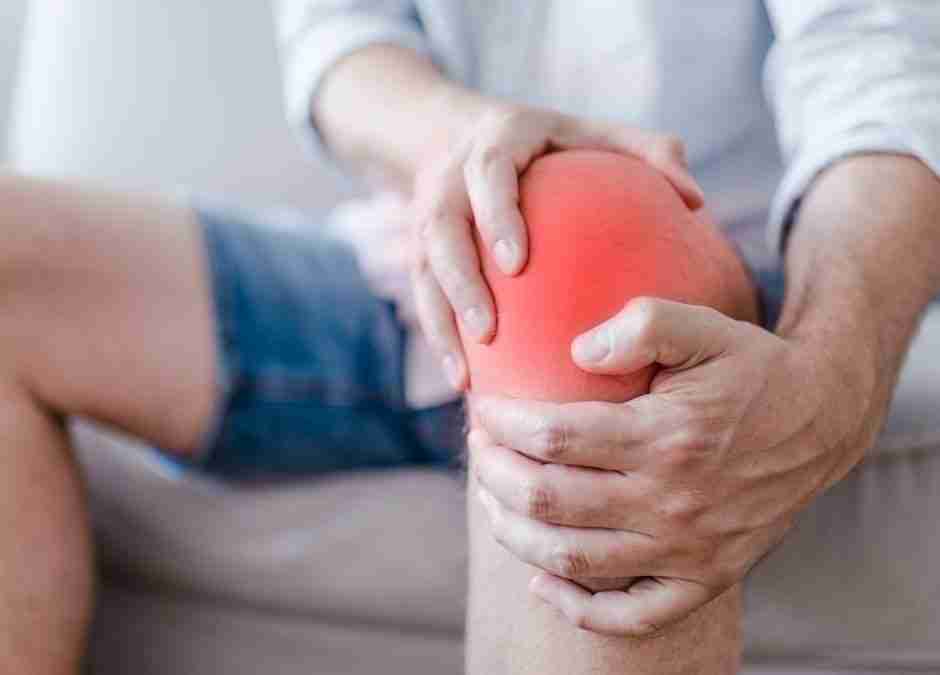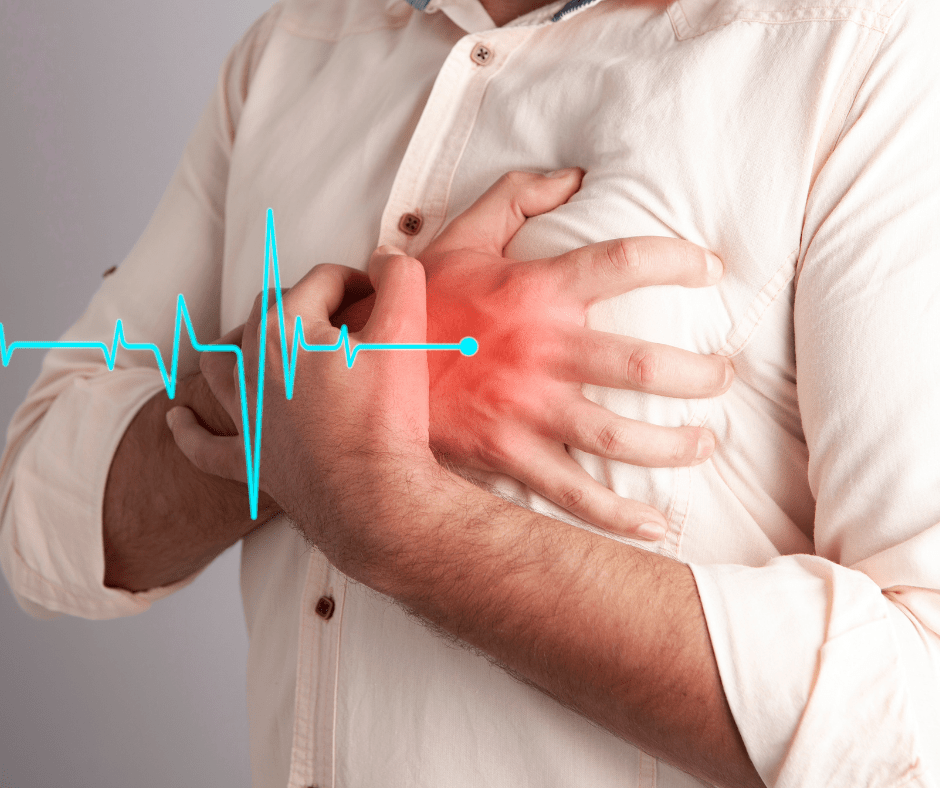What is arthritis?
The National Institute for Clinic Excellence (NICE) has recently updated its advice and clinical guidelines for the management of Osteoarthritis (OA). NICE provides evidence-based recommendations on the most effective ways of diagnosing and managing osteoarthritis in England and Wales and clinicians use these guidelines when deciding what treatment to give patients presenting with OA.
The conventional view of OA is that it is a wear and tear problem in the joints commonly associated with aging. Once this wear and tear process has set in nothing can be done to reverse it and you will be stuck with your symptoms for the rest of your life. But if we look at what is going on inside the cartilage tissue we might understand the pathology better and see ways in which we can manage it better.
How does arthritis develop
At the heart of the problem is the chondrocyte – the cartilage cell, which is embedded in a gel like substance called the extra cellular matrix (ECM) that makes up the remaining part of cartilage. The ECM itself is made up of water and dissolved proteins and sugars called proteoglycans (PG’s). These PG’s are made of things like chondroitin and glucosamine – substances found in supplements often recommended for the management of OA.
Cartilage doesn’t get a blood supply so the normal process of tissue breakdown and tissue repair proceeds very slowly. The cartilage cells produce a number of substances that help to breakdown the cartilage ECM after which the chondrocytes produce new ECM – this is known as known tissue turnover. These substances include matrix metaloproteinases (MMPs), inflammatory cytokines, nitric oxide and TGF beta.
In the case of OA these cell-signaling mechanisms can go wrong and OA can progress due to an Increase in cartilage destruction that is not balanced by new cartilage production. MMPs can become up-regulated, which causes cartilage distruction; over production of inflammatory cytokines can create pain and swelling; nitric oxide can causes death of cartilage cells and TGF beta can create osteophyte formation.
We know that traumatic injuries and mechanical overload can disrupt these cell signaling mechanisms and predispose the cartilage tissue to the development of OA. Another thing that can disrupt these cell signaling mechanisms and predispose the cartilage tissue to the development of OA is being overweight or obese. Fat cells produce inflammatory chemicals that cause all sorts of mischief – in the chondrocyte they increase the production of MMP’s contributing to cartilage destruction. Another problem with being overweight is that fat cells also produce leptin. Leptin is also involved in disrupting these cell signaling mechanisms and predispose the cartilage tissue to the development of OA.
At the core of these new NICE guidelines are:
- Advising patients to participate in exercise.
- Offering weight loss interventions for patients who are obese or overweight
- Providing patients with holistic assessments
Chief executive of the Chartered Society of Physiotherapy (CSP) Karen Middleton says “These new guidelines should help challenge the commonly held perception that nothing can be done about osteoarthritis” and that “Physiotherapists provide effective treatment for the symptoms of osteoarthritis and deliver expert advice on physical activity and weight-management strategies.”
Physiotherapy for arthritis
Physiotherapists will often advise ways to manage the pain and inflammation associated with OA, prescribe exercises to maintain the mobility in the affected joint and maintain the muscle strength around the joint. Physiotherapists will often also use acupuncture and pain relieving treatment. Interestingly the updated NICE guidelines recommend that acupuncture should not be offered for the management of osteoarthritis. This may be a contentious point with many patients actually getting relief from acupuncture.
Similarly the supplements chondroitin and glucosamine are often not recommended in the management of OA even though many people get relief from taking them.
What is clear is that people need to eat well and exercise to prevent overweight / obesity and reduce the likelihood of developing OA.




